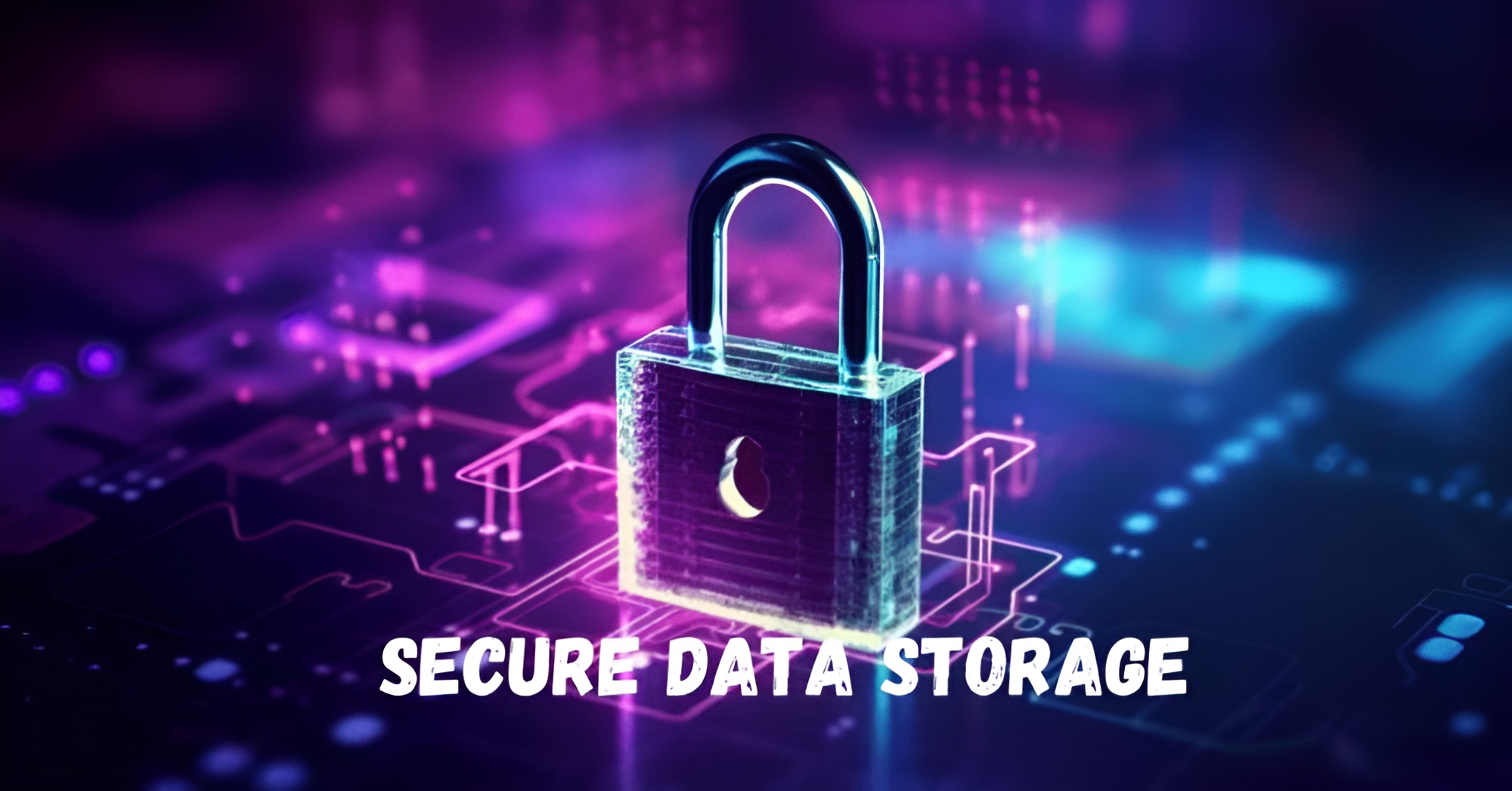In today’s digital-first world, data is an essential asset for every organization, fueling operations, decisions, and innovations. The rapid expansion of digital information requires stringent measures to protect this data, both from external threats and internal vulnerabilities. Data storage security refers to the processes, technologies, and strategies that ensure the confidentiality, integrity, and availability of data stored in on-premises systems, external data centers, or the cloud. Ensuring data storage security has become a top priority for organizations managing sensitive information, particularly as cyber threats grow increasingly sophisticated.
Why Secure Data Storage is Essential
Data storage security is critical for safeguarding sensitive information such as personal records, financial details, intellectual property, and other valuable data assets. Without proper security measures, organizations risk exposure to cyberattacks, leading to significant financial losses, reputational damage, and legal liabilities. Additionally, with the rise of data privacy regulations like GDPR and HIPAA, ensuring that sensitive data remains secure is not just important—it’s legally required.
Furthermore, ensures the uninterrupted operation of businesses. Cyberattacks, such as ransomware, can bring an organization’s operations to a halt by locking access to critical data. By implementing strong security measures, organizations can mitigate the risks of data breaches, theft, and loss, ensuring continuity in their operations.
Common Threats to Data Storage Security
Data storage is vulnerable to a wide array of threats, both external and internal. Cybercriminals, hackers, and even competitors are often motivated by financial gain or the intent to disrupt operations. Common external threats include ransomware attacks, data breaches, and theft of intellectual property. Nation-state actors and terrorists may also target data storage systems to compromise sensitive national or corporate information.
However, internal threats can be just as dangerous. Insider attacks, whether malicious or accidental, occur when employees misuse their access privileges. This can lead to data theft, unauthorized data sharing, or even data destruction. Inadequate access controls and failure to restrict data access to only those who need it often exacerbate internal risks.
Key Vulnerabilities in Data Storage Systems
Data storage systems can be compromised through various vulnerabilities. One of the most critical vulnerabilities is the lack of encryption. Data that is not encrypted can be intercepted during transmission or accessed directly in storage by unauthorized individuals. Encryption ensures that data remains unreadable to those without the proper decryption keys, making it a fundamental aspect.
Another common vulnerability arises from improper data disposal. Simply deleting files from storage systems does not remove them completely. To prevent unauthorized recovery, organizations must ensure that sensitive data is overwritten or physically destroyed when it is no longer needed. Failure to do so can result in the unintended exposure of confidential information.
Best Practices for Securing Data Storage
To safeguard data storage systems, organizations must adopt a multi-layered approach that covers both technology and policies. One of the primary strategies is the use of data encryption. Encrypting data at both rest and in transit ensures that even if data is intercepted or accessed by unauthorized individuals, it remains unreadable without the correct decryption key. Using strong encryption algorithms, such as AES-256, ensures maximum protection.
Access control is another crucial aspect of data security. By implementing role-based access control (RBAC), organizations can restrict access to sensitive data based on job roles, ensuring that only authorized personnel can view or modify specific datasets. Furthermore, using multi-factor authentication (MFA) adds an extra layer of protection by requiring multiple forms of verification before granting access.
Addressing Cloud Storage Security Concerns
The shift to cloud-based storage has revolutionized how organizations store and access their data, but it also introduces new security concerns. Cloud storage security requires close collaboration between organizations and their cloud service providers. It is essential that cloud providers adhere to industry standards and best practices for data encryption, access control, and physical security.
Organizations should also ensure that they retain control over encryption keys, even when using cloud-based storage. End-to-end encryption can prevent unauthorized access, even if the cloud provider’s systems are compromised. Regular security audits and assessments should be conducted to ensure that the cloud provider is maintaining strong security standards.
Moreover, cloud storage should be integrated with existing security measures, such as DLP systems and RBAC, to ensure that the same level of protection applies to both on-premises and cloud-stored data.
Conclusion
As cyber threats continue to evolve, is more important than ever. Organizations that handle sensitive data must prioritize the security of their storage systems to protect against both internal and external threats. By implementing best practices such as encryption, access control, data loss prevention, and robust network security, organizations can safeguard their valuable data assets.
Furthermore, as cloud storage becomes more prevalent, organizations must remain vigilant in addressing the unique security challenges it presents. By adopting a proactive, multi-layered security approach, organizations can ensure the confidentiality, integrity, and availability of their data, preventing costly breaches and maintaining the trust of their clients and stakeholders.
FAQs
Why is encryption important in secure data storage?
Encryption ensures that sensitive data remains unreadable to unauthorized individuals. By encrypting data both at rest and in transit, organizations can prevent unauthorized access, even if the data is intercepted or breached.
What is the role of access control in data storage security?
Access control restricts who can view or modify data. Role-based access control (RBAC) ensures that only authorized personnel have access to specific datasets, minimizing the risk of unauthorized access.
How can organizations secure their cloud-based data storage?
Organizations should use end-to-end encryption, retain control of encryption keys, and implement the same security measures for cloud storage as they do for on-premises systems. Regular security audits and cloud provider assessments are also essential.
What are data loss prevention (DLP) systems, and how do they protect data?
DLP systems monitor network activity and detect potential data leaks or breaches. These systems can prevent unauthorized data transfers and ensure that sensitive information is only shared with authorized individuals.
Why is it important to secure backup data?
Backup data contains the same sensitive information as primary storage. Without proper encryption and security measures, backup systems can become targets for attackers, leading to data breaches or loss during recovery efforts.

